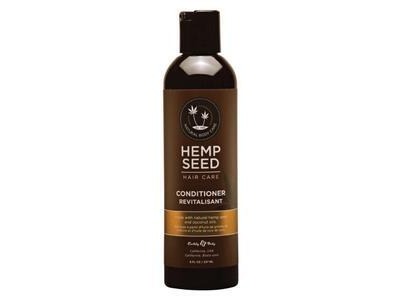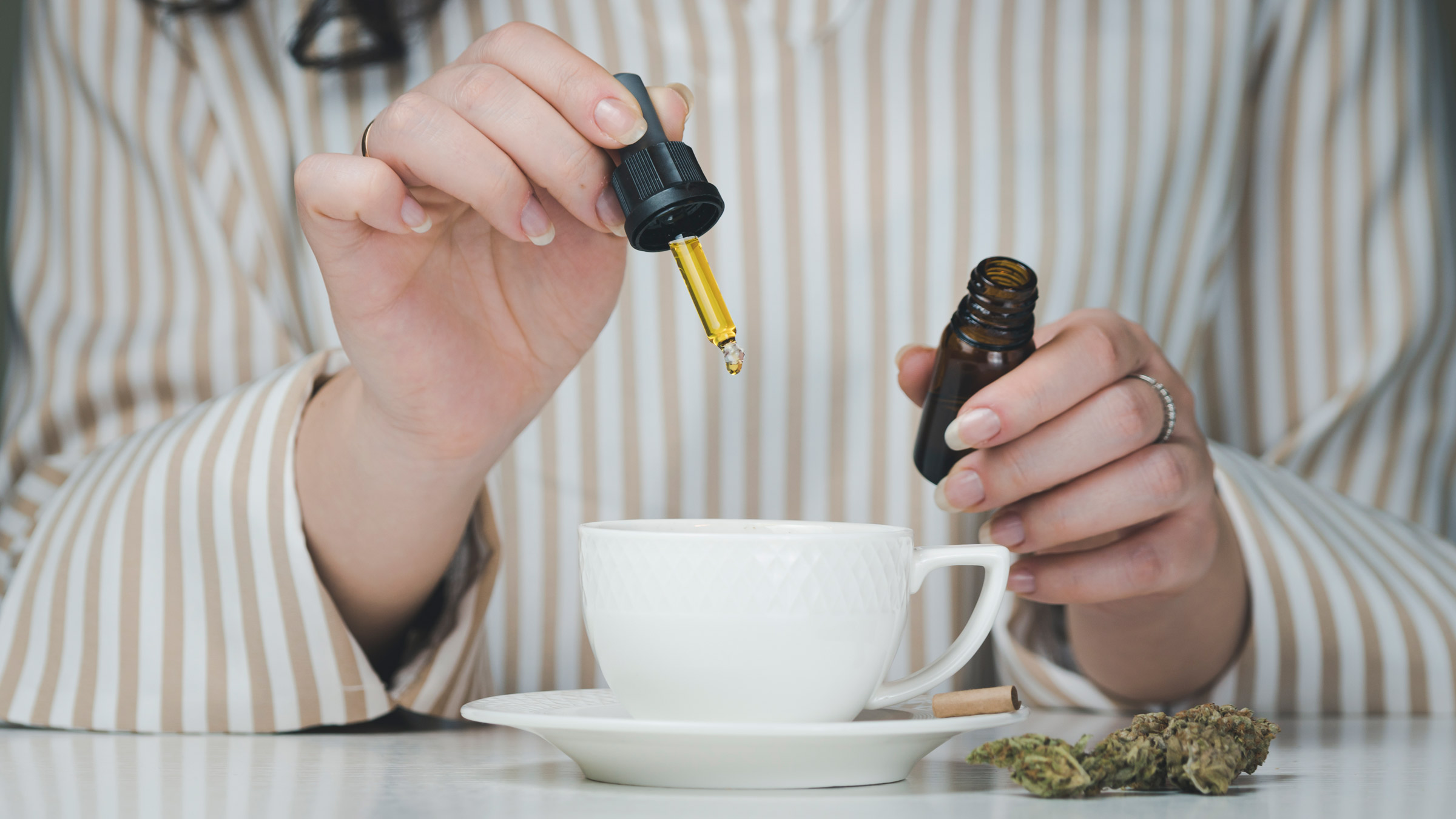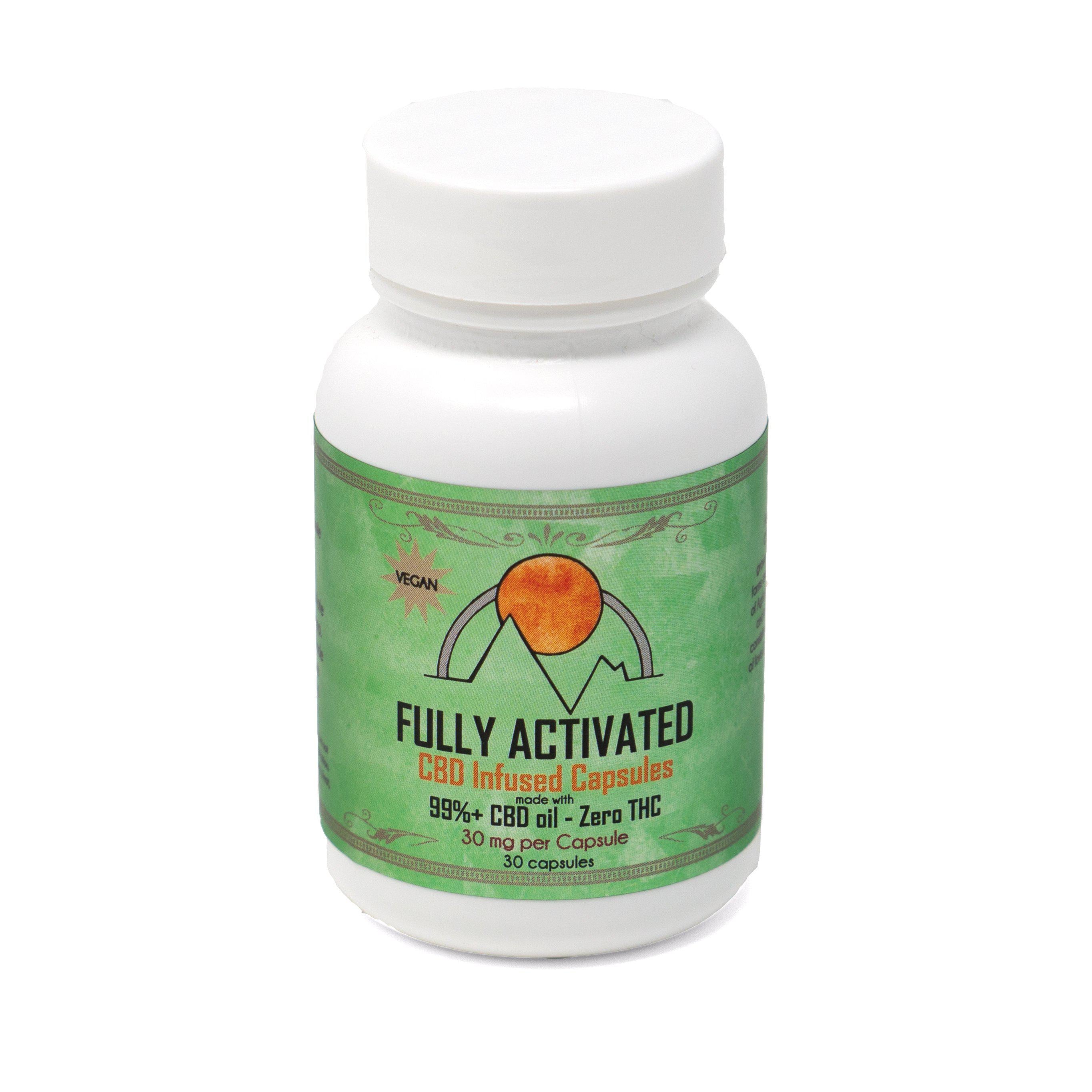
Hemp is a valuable source of organic matter. Hemp decomposes during its lifecycle to release large amounts organic matter into the soil. Its high leaf turnover rate also reduces water loss and evaporation. It also protects soil structure by acting as a mulch. The plant also decomposes its stalks before being harvested for processing.
Cannabis sativa
Cannabis sativa cannabis hemp is one among the fastest-growing plant on Earth. It is used in both medicinal and industrial purposes. There are many products that can be made with hemp, including paper and rope as well as clothing. Hemp can be used for biofuel, as well as being fast-growing. It is also one of the most widely-cultivated plants on the planet. Hemp is fast-growing and also low-maintenance, making it a great option for your local garden.
Cannabinoids, which are bioactive compounds found in Cannabis sativa cannabis hemp, are a valuable source. These compounds are anti-inflammatory, anti-oxidant and have been shown to be effective. They can reduce skin aging risk and prevent wrinkles from developing. They protect the skin from bacteria and strengthen the skin's barrier.
Although marijuana is now illegal in the United States it remains a very common crop. Hemp is among the oldest cultivated plants. It contributes a lot of fiber and seeds to textiles and other industrial goods. Its seeds and oil contain high levels of essential nutrients and omega-fatty acids.

Seed oil derived from the hemp plant is a valuable ingredient in skincare products. It is rich in nutrients and antioxidants. It has been used for centuries as a beauty and food ingredient. However, it has seen a rise in its use in skincare over the years. It is used to improve skin complexion and soothe the skin.
Cannabis sativa is a plant with high genetic variability. It is interfertile. This means that cannabis varieties can be very diverse. Although many cannabis varieties are identical, they differ in their phenotypic as well as genotypic characteristics. It is essential to distinguish between the strains.
The legal limits for psychoactive THC in Cannabis sativa have made genetic studies difficult. Recent research has resulted in improved genetic methods to cultivate cannabis sativa. Researchers have created a way to extract embryos and improve DNA extraction from seeds. The method yielded DNA from individual Cannabis Sativa embryos at levels that were similar to those extracted from leaves. This DNA was then used to perform SSR molecular analysis.
The Cannabis sativa flower has many positive components. It has been grown around the world for centuries. It is used for fuel, food, nutrition, building material, and as a body care product. Its fibres could also be used in textiles and rope. Popular Mechanics magazine, which published the 1938 issue of Popular Mechanics, highlighted the economic benefit of hemp fiber. It reported that hemp fiber had been used in 30,000 different products.
Although cannabis and hemp are very similar in their properties, they are two different species. The only thing that makes them different is the amount THC they contain. Hemp contains less THC and marijuana plants contain more THC. These two species can be used in different ways and often confuse each other. Both are used for medicine, and the other for food and fiber.
Hemp seed oil contains high levels of omega-3 and Omega-6 fatty acid. They are good for the skin, and protect it against environmental stress. They protect the skin from environmental stressors and help maintain its natural moisture barrier. They reduce redness, irritation, and swelling. They are suitable to all skin types. Furthermore, cannabis sativa seed oils contain gamma–linolenic (great for skin health).

Hemp is closely related with marijuana. Hemp is made from different strains the Cannabis sativa plants and used in a variety products. Hemp-derived products have very low levels of THC, so they don't give you a high.
Industrial hemp has many uses and is one of the oldest cultivated plants. For thousands of year, hemp has been used as a fuel, fiber, or medicine. The cultivation of hemp began in China at 2700 BC. It spread throughout Asia. Hemp was mainly used as a fiber crop, until the beginning of the 1900s. Because of competition from other plant fibrils, however, hemp usage has decreased.
There are many different amounts of phytocannabinoids within hemp seeds. There are strict guidelines in place to limit their amount in hemp seeds, and these limits are imposed to ensure the safety of consumers. Phytocannabinoids are usually limited to 10 mg per gram in hemp seed.
FAQ
How big is the global CBD industry?
The global CBD market was valued at $US 3.5 billion in 2015, according to Euromonitor International. This represents an increase of over 10% from 2014.
The report projects that this figure will reach $US6.4 billion by 2020. This represents an average annual growth rate 12%.
CBD products will make up around half of all products derived from hemp by 2020.
This includes both CBD oils and other CBD products such as food, beverages, cosmetics, and pet care items.
What are some common blunders that companies make when they venture into the US cannabinoid markets?
First, you need to be familiar with the regulations regarding cannabis products. This could result in you needing to alter your product formulation.
The second mistake is not knowing how to properly label your product. It is essential to find out if your product contains either THC or CBD.
Thirdly, you should understand how to package your product correctly. If you have a product that contains THC, make sure it is properly packaged.
You can still use all the packaging laws even if your product contains no THC. Many states have legalized cannabidiol (CBD).
Remember to keep track of any recalls for your products. It is important to inform customers as soon as possible if there is an issue with your product.
What CBD products sell the most?
CBD products can be found all over these days. These products are being used to treat everything, from anxiety to pain relief. The market is growing rapidly and is very large.
What are people buying CBD for? And how does this affect you as a brand owner?
Statista says CBD products are popular for their relaxing properties. They are also purchased for their antiinflammatory properties.
This means that you can sell your product for both medicinal and recreational purposes if it has CBD and THC.
What about brands that focus on a specific purpose? A company selling CBD for stress relief is an example of a brand that will not be challenged.
Furthermore, a brand who focuses on CBD-based medical uses will be able to attract a lot of customers.
A brand must have a unique selling proposition (USP) if they want to appeal to recreational users. A USP is essentially a benefit or feature that distinguishes a brand from its competitors.
For instance, some brands offer free shipping and others offer discounts on bulk orders.
Statistics
- however, one study also found that these effects were virtually abolished when the original media (a nutrient broth agar) was replaced with one containing 5% blood (increasing the minimum concentration to ~160 μM CBD) [179]. (ncbi.nlm.nih.gov)
- A recent systematic review of human trials also reported that individuals with epilepsy receiving CBD (5–20 mg·kg−1·day−1) were more likely to experience decreased appetite than those receiving placebo (i.e., ~20 vs. 5% of patients) (ncbi.nlm.nih.gov)
- CBD seems unlikely to directly influence sleep in healthy humans [115] (and maybe “sleep-promoting” in those with certain comorbid conditions) (ncbi.nlm.nih.gov)
- HR −16 mmHg; 95% CI −26, −6; I2 = 92%) (ncbi.nlm.nih.gov)
- The inhibition of FAAH is predicted to lead to an increase in brain and plasma concentrations of AEA, which acts as a partial agonist at CB1R and CB2R, thereby increasing endocannabinoid tone [92, 110]. (ncbi.nlm.nih.gov)
External Links
How To
How To Get Certified For Selling CBD Products
CBD (cannabidiol) is one of the hundreds of cannabinoids found in cannabis plants. It has been used medicinally for centuries, even in South American countries like India, China, and China. The ability to treat conditions such anxiety, pains, epilepsy, and inflammation has made CBD products extremely popular in recent times. The U.S. does not have an official certification program yet for CBD products. Therefore, anyone wanting to make a living selling CBD products must rely on their "unofficial" self-certification.
There are two methods to do this. The first is to join a local association of canna-business owners. By joining a local association of canna-business owners, you will be able to learn from others and receive support and advice. There are many associations in the country. The second option is to take your business online. The majority of states allow cannabusinesses to be online. If so, then you can set up your own website and begin taking orders right away. You must register with the Department of Public Health in your state. After you have registered, you can apply for a license from your state's Department of Public Health. After you have received your license, your store is officially open and you can begin taking orders.